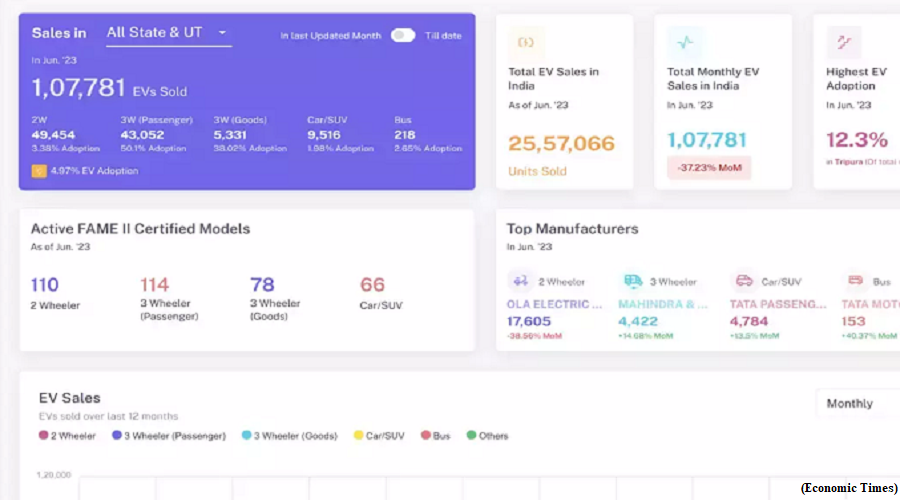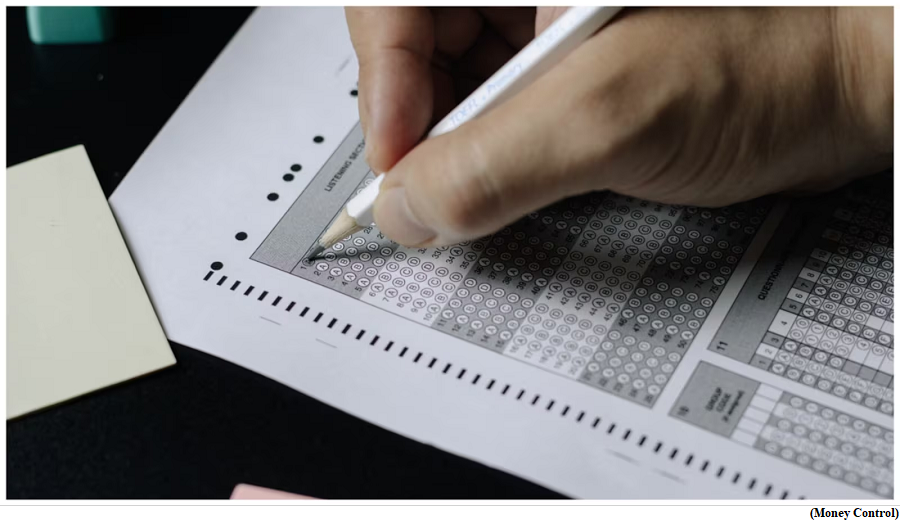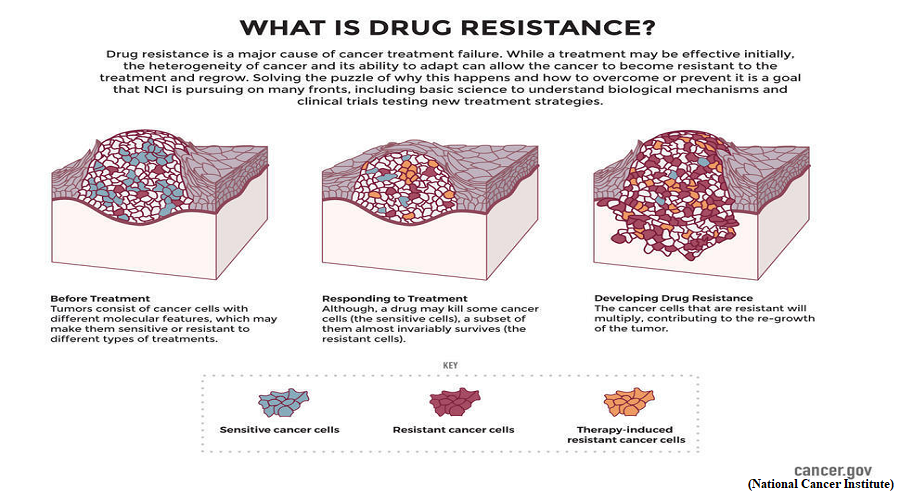Dashboard for Data on Adoption and Forecasts of Electric Vehicles launched (GS Paper 3, Science and Technology)

Why in news?
- The Union Minister for Power and New & Renewable Energy launched a brand-new EV-Ready India Dashboard recently.
- Developed by policy and industry experts at thinktank OMI Foundation, the dashboard is a free digital platform focussed on near real-time Electric Vehicle adoption and forecasts, associated battery demand, charging density, and market growth trends.
Details:
- The dashboard is expected to facilitate greater inclusion across audiences, for the industry, policymakers and end users of electric vehicles.
- The platform leverages the power of data and AI and seeks to address the need for macroeconomic data and analysis on India’s massively growing electric mobility segment.
- The EV-Ready India dashboard has forecast a 45.5% Compounded Annual Growth Rate (CAGR) in electric vehicles between calendar year (CY) 2022 and CY 2030, increasing from annual sales of 6,90,550 electric two-wheelers (E2Ws) in 2022 to 1,39,36,691 E2Ws in 2030.
EV-Ready India dashboard:
- EV-Ready India Dashboard is the only dashboard in India that compiles sales data across all Vahan states and Telangana, along with a direct view into the state of charging infrastructure, demand trends and comparisons of Total Cost of Ownership, making it useful for the EV buyers as well.
- Additionally, it tracks the current investment climate for EVs, and forecasts on market growth and EV hotspots for the country. It further measures emissions avoided, aiming to accelerate India’s journey to Net Zero.
Key Findings:
- The dashboard estimates over 1.6 crore annual EV deployments in India by 2030.
- With this, it also cites Maharashtra and Delhi operating with the highest number of charging stations in India (2531 and 1815 respectively).
- Tamil Nadu emerges as the E2W manufacturing hub of the country, Telangana leads in E3W manufacturing, Maharashtra in E4W manufacturing, Gujarat in battery manufacturing, and Karnataka in R&D.
- Chandigarh reports the lowest public charging supply tariff at INR 3.6/kWh, 73% lower compared to the national average of INR 13.74/kWh.
- It also reports that India has avoided an estimated 5.18 million tonnes of CO2 emissions in 2023 so far, equivalent to 85.47 million tree seedlings covering twice the cumulative area of Lakshadweep islands.
Key Features of the EV-Ready India Dashboard:
- For the policymakers and industry, the dashboard presents consolidated sales data for all 34 Vahan states and Union Territories, and the additional Telangana. The data is visualised for easy understanding of adoption rates and trends presented by time period, form factors, states, and more.
- The dashboard shows forecasts on EV adoption, and associated battery demand till 2030, allowing both policymakers and industry alike to strategize and execute their clean mobility goals. In addition to pan-India projections, the dashboard presents state-wise projections, in a first-of-its-kind approach.
- For the end user, i.e. the (potential) buyer of EVs, the dashboard shows financial benefits of EV ownership, including potential savings on upfront costs, operating and maintenance costs, etc. On the click of a button, the user can also review the list of EV models that are eligible for subsidies and the quantum of such subsidy.
- It also includes a comprehensive repository of all policies and regulations covering all value chains of the EV ecosystem. The policy module helps states compare their policies, update them based on their competitive advantages,
- For users, industry, and policymakers alike, the dashboard presents a comprehensive overview of charging infrastructure covering both charging stations and points across the country. Additionally, the dashboard shows the density of charging points with respect to EVs on the road. This module also shows charging tariffs allowing states to improve their rates vis-a-vis others,
- By tracking and benchmarking investments across EV value chains such as vehicle manufacturing, battery technology, battery recycling or urban mining, etc., and research and development, the dashboard maps the contributions to India’s economic growth and job creation.
- The dashboard measures India’s journey towards net zero by tracking emissions avoided due to accelerated EV adoption across the length and breadth of the country.
- Lastly, the dashboard presents news and blogs on EV adoption and data-driven decision-making pertaining to all value chains of the EV ecosystem in a single place.
Benefits ‘One Nation, One ID’ promise for students, institutions
(GS Paper 2, Education)
Why in news?
- The concept of creating a lifelong ID number for students, known as the Automated Permanent Academic Account Registry (APAAR) or popularly known as ‘One Nation, One Student ID’, is a step towards modernising the Indian education system by the Ministry of Education (MoE).
- It would provide every student, from pre-primary to higher education, a unique identification number that will serve as a digital repository, chronicling their academic achievements, exam results, learning outcomes, etc.
- The MoE recently directed schools to initiate the process of adopting APAAR.

Details:
- As part of the National Education Policy (NEP) 2020, the National Educational Technology Forum (NETF) was conceived as an autonomous body as a platform for the free exchange of ideas on the use of technology to enhance learning, assessment, planning and administration both for schools and higher education.
- NETF cited the need for a registry arose to tackle problems like errors in databases, variation in formats used by different regulators to collect data, difficulties related to authentication, etc.
Advantages offered by APAAR:
Seamless tracking of academic journey:
- Under APAAR, every student, from pre-primary to higher education, will get a unique identification number. This number would serve as a digital repository, chronicling their academic achievements, exam results, learning outcomes, and co-curricular accomplishments.
- Upon enrolling in APAAR, each student's identity will be authenticated through their Aadhaar ID or other officially recognised documents, and a distinct identification number will be generated for them.
- A parallel verification procedure will be implemented for instructors working in Higher Education Institutions (HEIs).
- Registration using PAN cards will also be made available to students and faculty members. Furthermore, international students will have the option to complete their registration on APAAR using their passports.
Effortless storage of academic records:
- With regards to educational institutions, the government has said that the Registry ID shall be based on UDISE ID for school education, AISHE ID in case of higher education and PAN/TAN for education providers, skill providers, etc. The registries will be used for storing credits earned by students in the Academic Bank of Credits (ABC) in Edu Locker.
- APAAR would enable students to digitally store and manage their academic records securely. This system will significantly reduce the risk of losing important documents and provide a convenient platform to store and access transcripts, certificates, and other academic accomplishments.
- APAAR registry shall be minimal and shareable through consent with other government departments, regulators, state governments, etc., for education-related purposes.
Recognition of co-curricular achievements:
- Beyond traditional academic records, APAAR will also encompass co-curricular achievements, such as rankings in Olympiads, specialised skill training, and extra-curricular accomplishments.
- This comprehensive repository will help students showcase their holistic growth and diverse talents, which are increasingly valued by universities and employers.
Streamlined admission process:
- A significant benefit of APAAR is its potential to simplify the admission process for transfer from one school or educational institution to another.
- With APAAR, a student's entire academic history and achievements are readily available to the new institution, making the admission process smoother and more transparent.
- This is particularly advantageous for families that relocate frequently due to job transfers or other reasons.
Data-driven decision making:
- For educational institutions, APAAR will provide valuable insights into student performance, learning trajectories, and areas needing improvement.
- With the help of this data, academic institutions can tailor their teaching methods and support services to better meet the needs of individual students, fostering a more personalised and effective education system.
Enhanced accountability:
- APAAR could also serve as a tool for increased accountability and transparency in the education sector.
- It would make it easier for authorities, educational boards, and institutions to track student progress, monitor performance, and assess the effectiveness of education policies.
Way Forward:
- In a nutshell, APAAR not only streamlines academic processes but also empowers students to take control of their education and achievements.
How do some cancer cells survive chemo?
(GS Paper 3, Science and Technology)
Context:
- Sometimes, while an individual may have successfully forced a cancer into remission, there may be a risk of relapse. One way this happens is when a few cancer cells are able to resist the drugs used to destroy them: they lie in wait and produce a show of strength later.
- In a new study, researchers from the Netherlands Cancer Institute investigated the resistance of some cancer cells to a drug called Taxol.
- They have reported that the culprit could be the location of a particular gene inside the cancer cells’ nuclei.

How chemotherapeutic agents work?
- A characteristic feature of cancer cells is that they divide rapidly, in uncontrolled fashion. Anti-cancer drugs i.e. chemotherapeutic agents work by stalling or blocking this proliferation.
- When the division of a cancer cell is arrested, it generally responds by triggering a pathway of programmed cell death, called apoptosis. So in this way, chemotherapy eliminates the cancer cells without affecting other non-cancerous cells nearby that are not dividing.
Side-effects of chemotherapy:
- Any tissue with a significant number of normal cells that are also dividing such as cells in the digestive tract, the bone marrow, and hair follicles are also affected by chemotherapeutic agents and suffer apoptosis.
- This cell death underlies the unpleasant side-effects of chemotherapy, such as painful inflammation of the oral cavity and the gut, and nausea, diarrhoea, anaemia, and hair loss.
ADCs:
- An oncologist’s challenge is to find the dose of a drug that effectively kills cancer cells but whose side-effects are not unbearable for the patient.
- One way researchers have tried to achieve this is by developing antibody-drug conjugates (ADCs) against some cancers. An ADC is a drug attached to an antibody that recognises a protein found only on, or at least preferentially on, the cancer cells.
- This way, the antibody guides the chemotherapeutic drug to the cancer cells, where the drug begins its work. And, of course, non-cancer cells are bypassed.
P-gp protein:
- A small subset of cancer cells can still escape confrontation with the anti-cancer drug. This happens when these cells express elevated levels of a protein called P-gp short for permeability glycoprotein. For a cell to produce P-gp, it uses information encoded in a gene called ABCB1.
- Inside the cell, P-gp works like a pump, moving toxic compoundsout. And in cells that make too much P-gp, the protein removes toxins well enough to flush the chemotherapeutic agents out as well.
- So the latter can’t accumulate to levels that arrest cell division and trigger apoptosis, allowing the cancer cell to live another day.
- In fact, these surviving cells can allow the cancer to return after a period of remission.
Recent study:
- In recent study, the researchers used cells from the human eye retinal pigment epithelium as a model to explore a small subset that expressed the P-gp protein and thus became resistant to the anti-cancer drug Taxol.
- They found that a cell’s sensitivity to Taxol, including its ability to resist Taxol’s anti-cancer effects, was related to the location of the ABCB1 gene inside the cell’s nucleus.
- The nucleus is the part of the cell that houses the DNA and the associated proteins. A membrane called the nuclear envelope separates it from the rest of the cell.
- Genes are segments of a DNA molecule; when a gene is expressed, it means the cell can use it as a template to form molecules called RNA.
- DNA and RNA share many chemical properties. The DNA contains the archival copy of a gene whereas the cell uses the RNA as the working copy.
- But only the RNA, and not the DNA, enters the cytoplasm where it ‘instructs’ the cellular machinery on the way to link different amino acids to form theprotein encodedby a gene.
Observations made:
- In those retinal pigment epithelium cells that were sensitive to Taxol, the ABCB1 gene was found to be located close to the nuclear envelope.
- In cells that could resist the effects of Taxol, the gene had detached from the nuclear envelope and had moved further inside the nucleus.
- As a result, resistant cells exhibiteda 100-fold increase in the amount of RNA corresponding to the ABCB1 gene compared to cells that remained sensitive to Taxol.
- The P-gp efflux pump made from this RNAwas responsible for Taxol-resistance.
Resisting the resistance:
- To identify what tethered the ABCB1 gene to the nuclear envelope in sensitive cells, the researchers turned different genes ‘off’ to see which one affected the proteins that the cell uses to make the envelope.
- They zeroed in on a protein called lamin B receptor (LBR). According to the researchers, when the LBR protein was absent, a cell could activate the ABCB1 gene when it was exposed to Taxol.
- But when they deleted the gene used to make LBR, the cells didn’t increase ABCB1 expression right away; they had to be exposed to Taxol as well. So additional factors, instead of just LBR, help silence ABCB1 in the bulk population.
- They ralso studied the effect of depleting LBR from breast, head and neck, and lung cancer cells. Lung cancer cells expressed the RNA corresponding to ABCB1 to a high degree, and depleting LBR proteins didn’t further increase the fraction of Taxol-resistant cells.
- On the other hand, among breast cancer cells, depleting LBR increased the Taxol-resistant fraction – but not in the head and neck cancer cells.
Way Forward:
- These findings highlight the need for more research to uncover the different ways in which cancer cells express or silence genes.
- By revealing how some cells develop Taxol-resistance, the study also opens the door for researchers to develop new ways to ensure anti-cancer drugs remain potent and patients recover faster.




